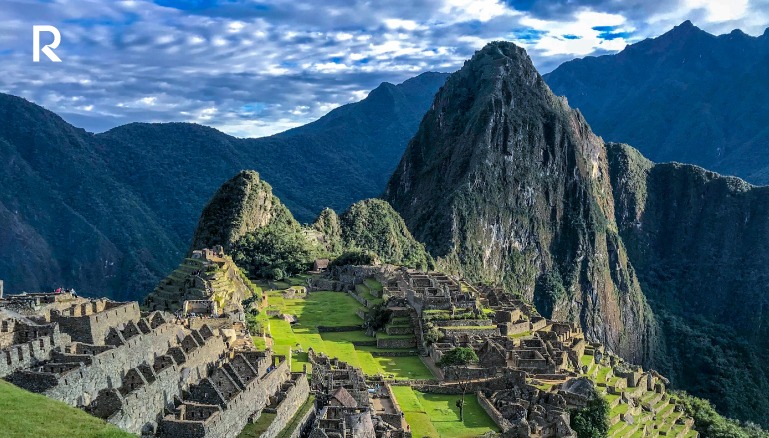In our article series about the operating countries of PayRetailers we already looked at the biggest ones like Brazil and Mexico. With moving towards the smaller countries, we now focus on Peru and shed light on the current state of the payment sector and possible future developments.
Market overview of Peru
Peru, a remarkable country with lots of ancient history, situated at the Pacific coast, is considered an Emerging Market country with lots of traction towards becoming part of the western world. Currently, approx. 33m people live there which puts it directly after Argentina and before Venezuela.
When it comes to the numbers of online shopping, the country shows a remarkable 18m shoppers which is the same number as Mexico, although Mexico has a much larger population of 128m people. In Peru, 86% of online purchases are placed with local businesses. The total sales value amounts to an expected 12b USD in 2021. With its high GDP growth of an average 5% from 2000 until now, we see the potential for steady growth. The pandemic accounted for a GDP loss of 30% mid 2020, but the recovery happened impressively quickly in the end of that year with an overcompensation of 6%. This shows Peru is an active and robust market that payment service providers need to tap into.
In Peru the internet penetration comes in at 73%, an average number compared with neighboring countries, but it is still higher than Mexico’s and Brazil’s that reach only 40 to 50 percent. Interesting to look at is the number of mobile connections in Peru, that reaches 1.1 connections per inhabitant. This is due to the fact that many people use smartphones to conduct their online activities as compared to a desktop computer. In the capital, Lima, where a quarter of all Peruvians live, over 92% of them have household internet access.
Payment landscape in Peru
Like many neighboring countries, Peru relies heavily on credit cards and traditional cash payments. But we see a strong trend towards adoption of innovative solutions with a 12% share of “other” payment solutions such as wallets and proprietary systems by big retailers – the highest value of all LATAM countries. International credit cards account for over 40% of transactions, while domestic credit cards remain low at 10%. Debit cards are used as well, but only for 6% of transactions, and bank transfers are used even less frequent with just 4%. Peru has one of the largest unbanked population in the region with only 20% of people owning a credit card, and those people account for 60% of the online sales.
Cash is still king like in many other LATAM countries and this form of payment sits at 25% of all transactions. Peruvians use it with a voucher-based system and cash on delivery, very similar to the other systems in the neighboring countries.
At PayRetailers, we conducted thorough research with our local office with the goal to offer a perfect product suite to fit the market perfectly. Our current payment solutions for Peru are as follows. In terms of online payments: Via BCP, BBVA, Caja Huancayo, Caja Tacna, Caja Trujillo, Interbank, Scotiabank and Caja Arequipa. As for cash payments we offer all of the most important solutions plus many more: Via BCP, BBVA, Pago Efectivo, Caja Huancayo, Caja Tacna, Caja Trujillo, Interbank, Scotiabank, Caja Arequipa, Western Union, Tambo, Banco Ripley, Caja Paita and KASNET.
Peruvian market in the future
When looking at the numbers of Peru’s development since the early 2000s we see an impressive trend. The GDP shows an exponential curve from 50b USD in 2000 to 230b USD in 2019. The population growth went steadily from 26m in 2000 to 33m today. The poverty ratio dropped from 60% of the population to just 20%. Life expectancy increased from 70 to 76 years in that time span.
These impressive numbers get mirrored in the development of the financial sector. In 2015 the government launched the National Financial Inclusion Strategy to accelerate access to financial products. In 2015 only 20% of the people had access to such solutions, far lower at that time compared to neighbors like Chile. The government program opted to have at least 75% coverage by the end of 2020. Although these ambitions couldn’t be met, with the help of the Covid-pandemic the country could more than double the number to over 50%. The trend of switching to e-wallets introduced by the pandemic, is the biggest accelerator for financial inclusion in Peru, since the growth numbers are higher than in all four years prior after launching the initiative.
Growth of PayRetailers in Peru
With Peru having a population that is more and more inclined to using new technologies and good internet and smartphone coverage, PayRetailers will continue to service the local market and help external companies to set foot into this thriving market. If you are interested in expansion to Latin America, please contact us.


